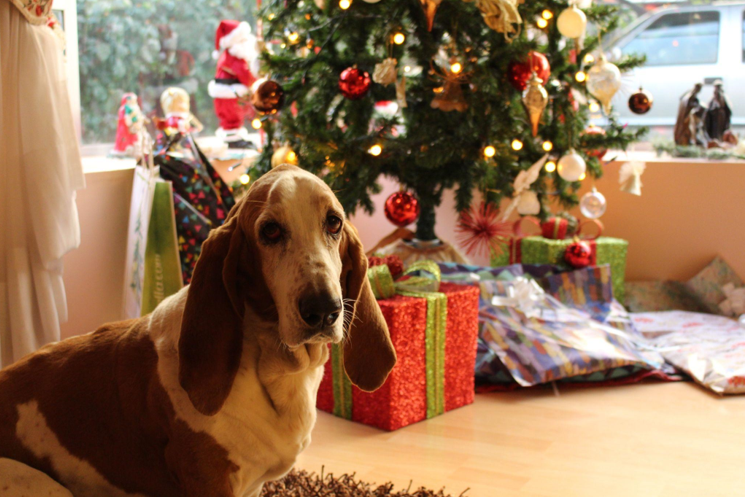The History of Artificial Christmas Trees
Artificial Christmas trees have been around for over a century. In 1883, a German company created the first artificial tree of goose feathers dyed green. This invention eventually became popular in the United States, with the Addis Brush Company creating the first artificial tree made of brush bristles in the 1930s.
The popularity of artificial Christmas trees grew in the 1950s when more affordable aluminum trees were produced. However, this popularity declined in the 1960s due to concerns about the trees’ flammability. In the 1980s, newer materials such as plastic and PVC were used to create artificial trees, which are now fire-resistant and can be recycled.
Memorable Moments with Artificial Christmas Trees
One of the main reasons artificial Christmas trees have become so popular is their ability to create memorable moments and family bonding experiences. Assembling and decorating the tree together on a snowy winter day is a cherished tradition for many families.
Artificial trees also offer flexibility in size, shape, and color. They can be reused year after year, allowing families to create new traditions and memories each Christmas morning.
Additionally, artificial trees are an excellent option for those with allergies or pets, as they do not shed needles or produce sap. They also eliminate the need to dispose of a real tree at the end of the holiday season, reducing waste and promoting sustainability.
Artificial trees have become so popular that they are celebrated worldwide. The world’s giant artificial Christmas tree is in Rio de Janeiro, Brazil. It stands at a jaw-dropping 278 feet tall and is illuminated with over three million lights.
In conclusion, artificial Christmas trees offer many benefits, from family bonding and memorable moments to practicality and sustainability. If you’re considering purchasing an artificial tree this holiday season, rest assured that you’re not alone and making an intelligent choice for your family and the environment.

